from 0 review
6 nights 7 days
Specific Tour
Unlimited
___
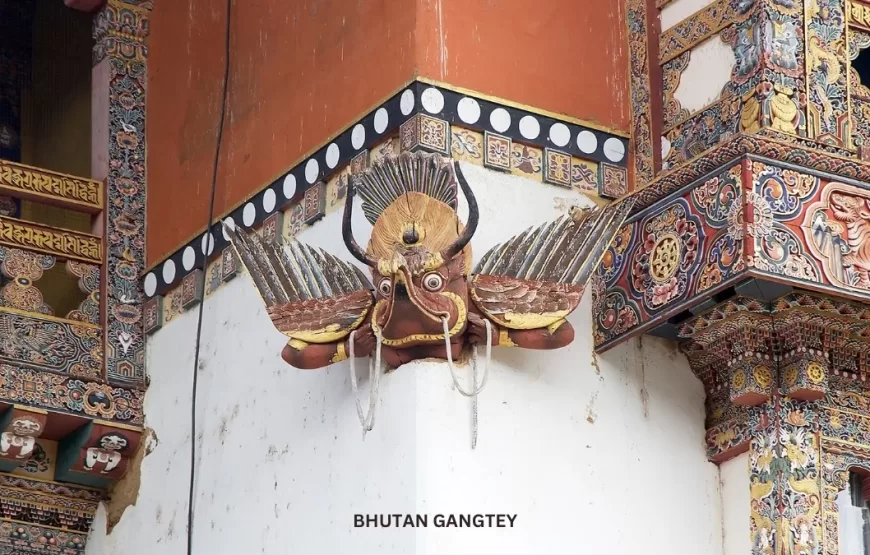
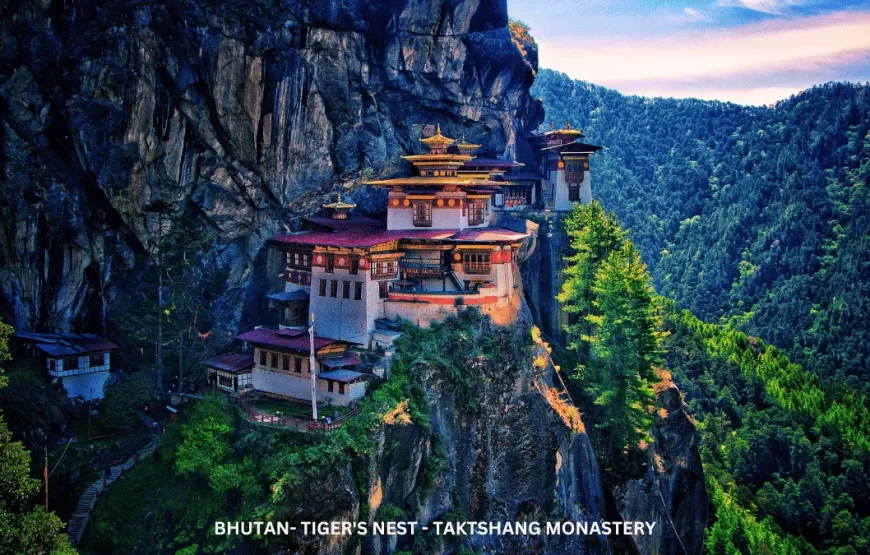
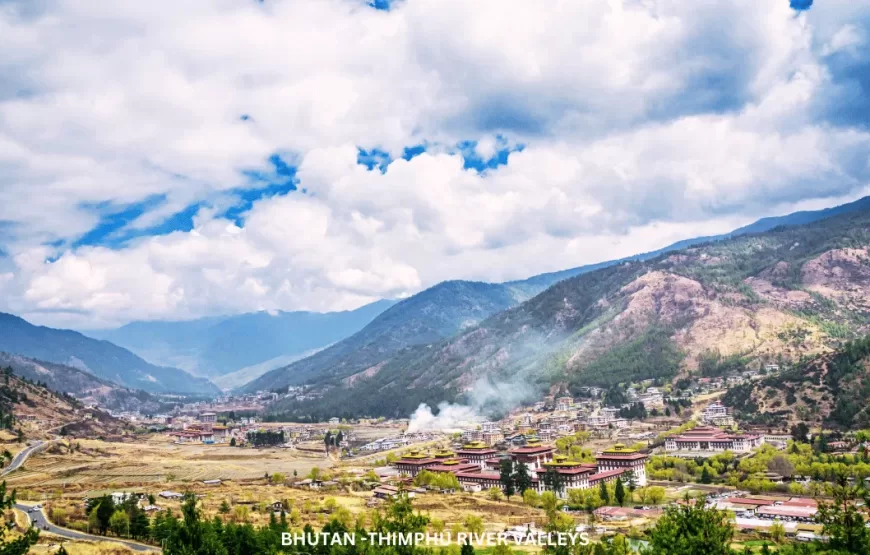
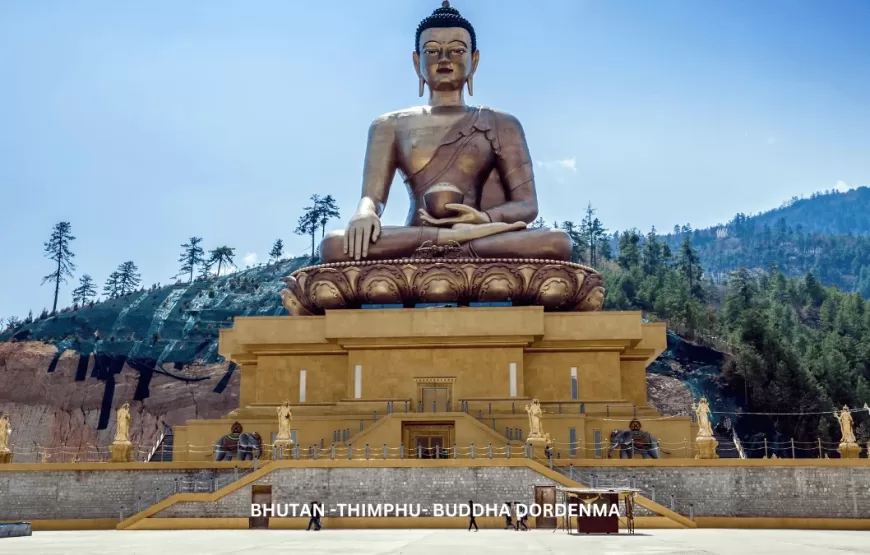
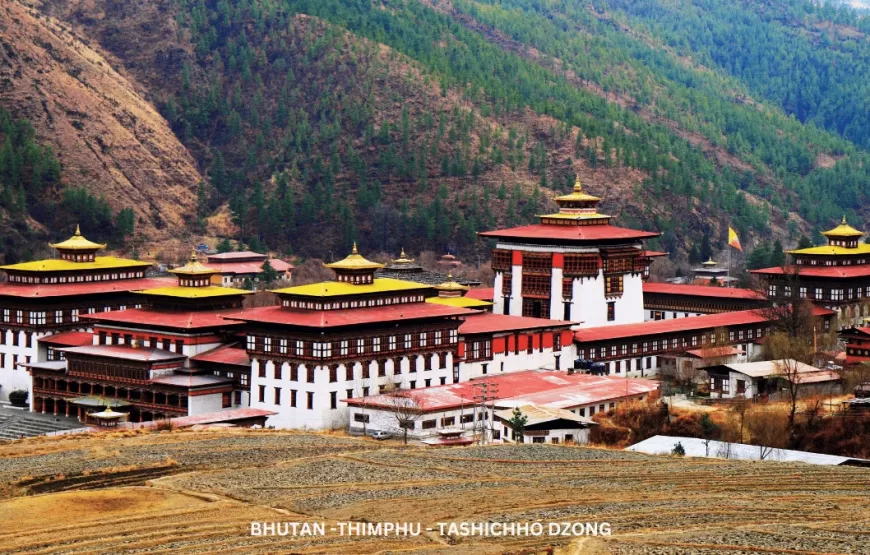
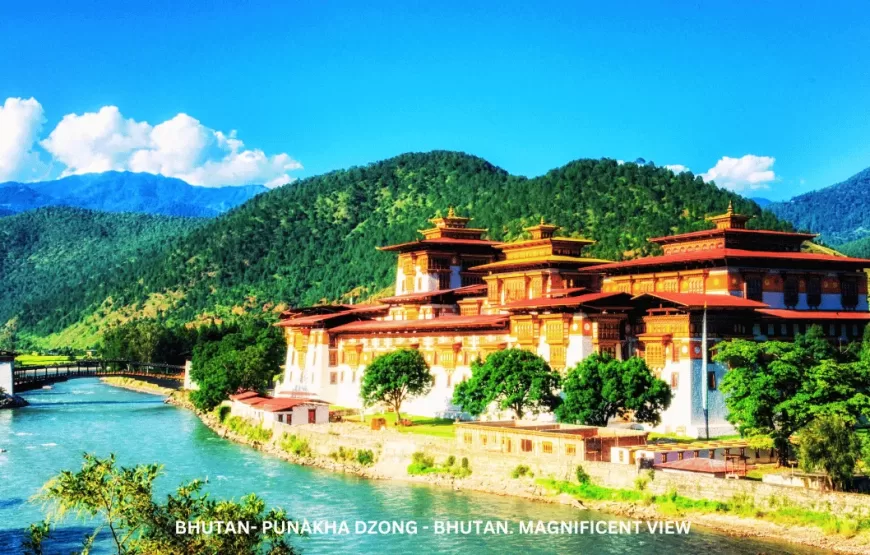
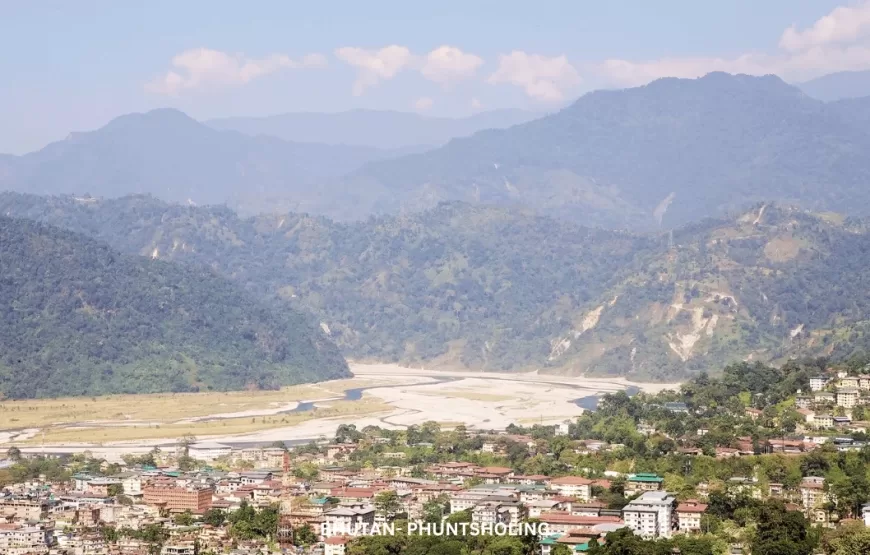
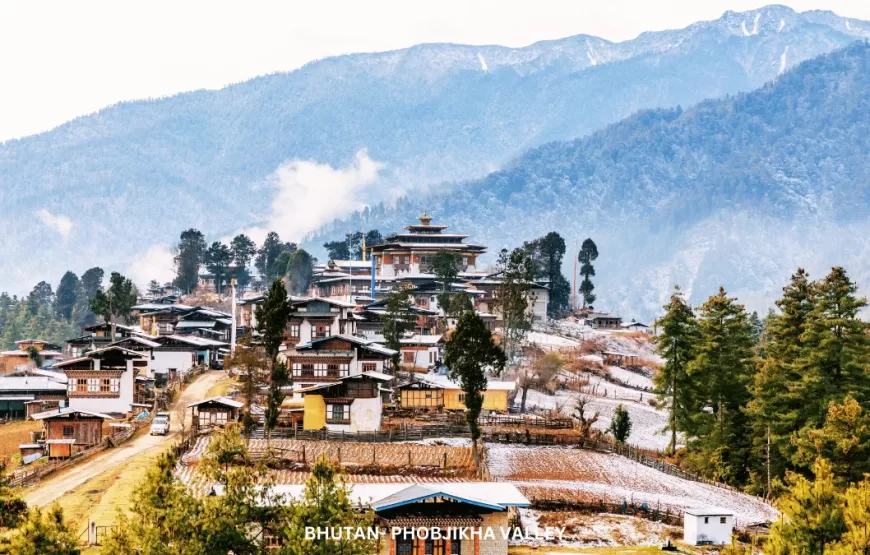
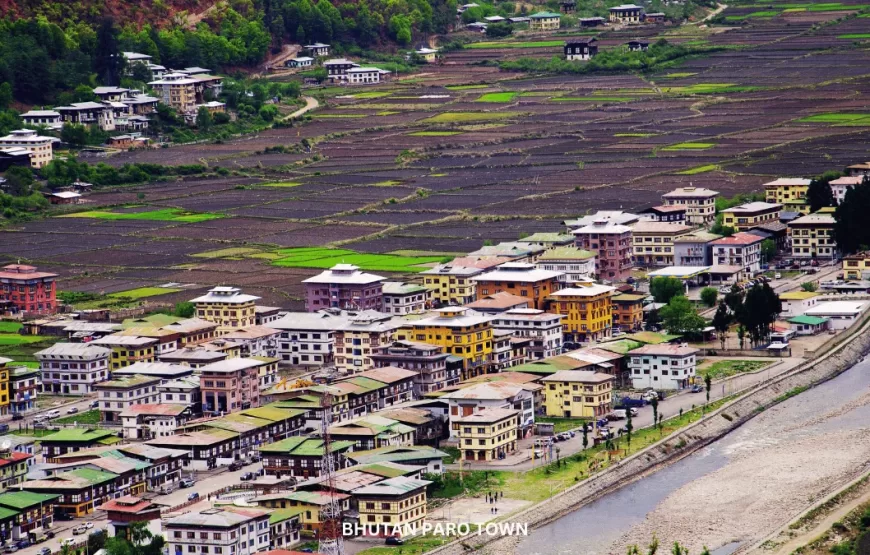
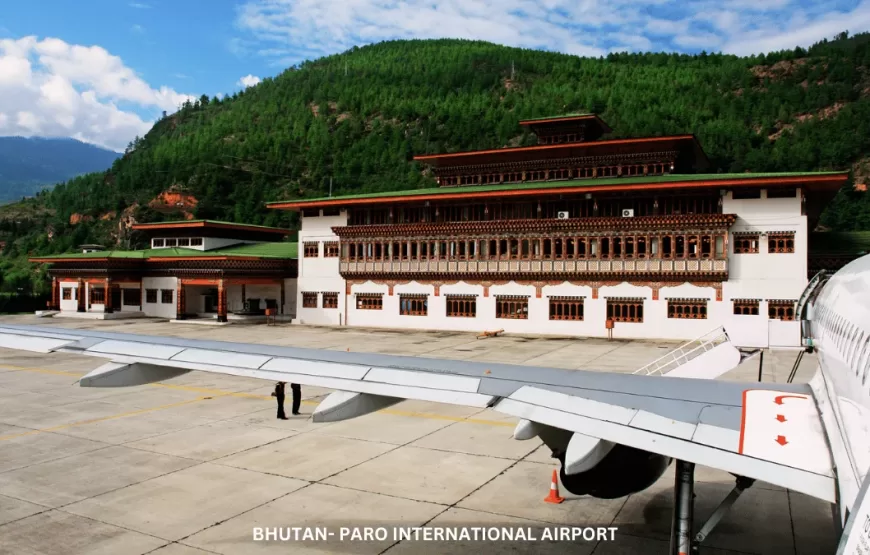
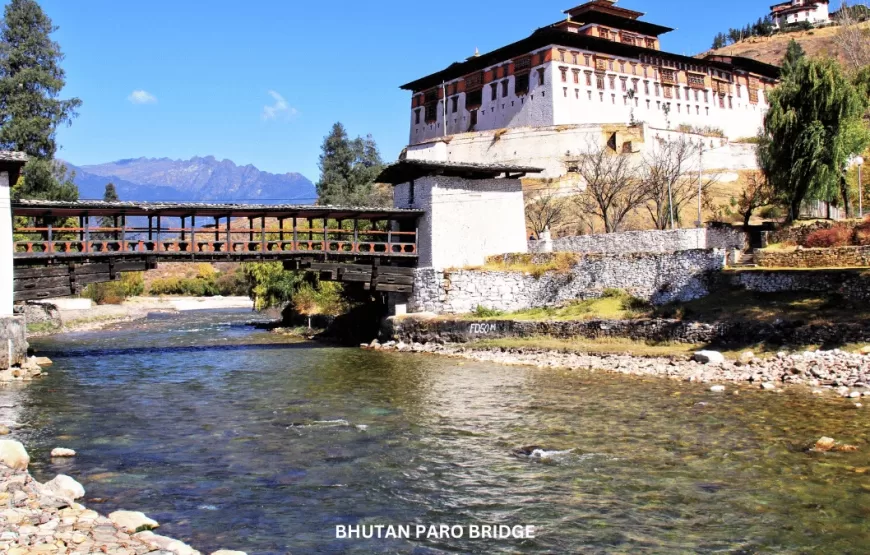
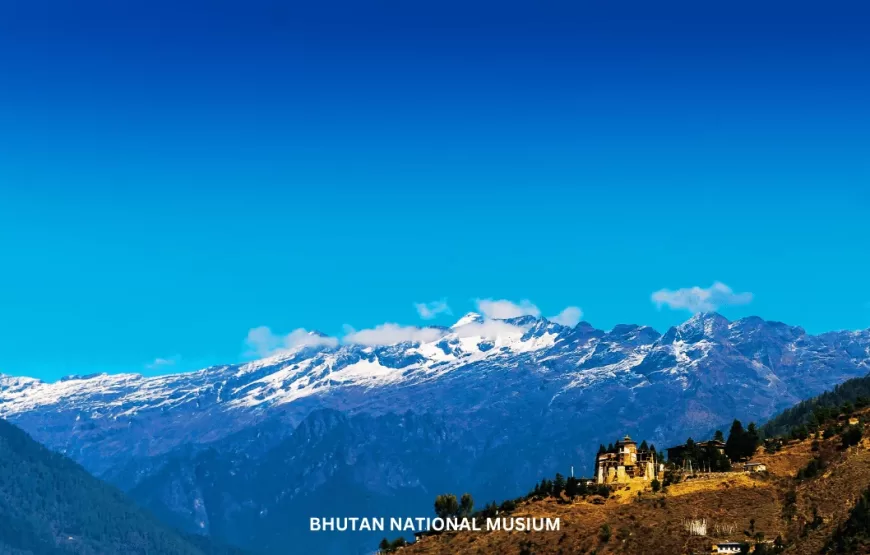
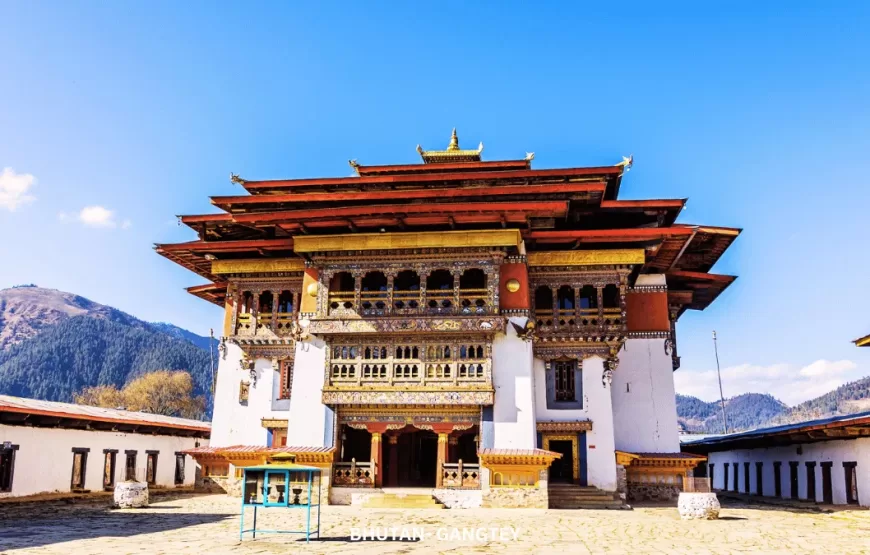
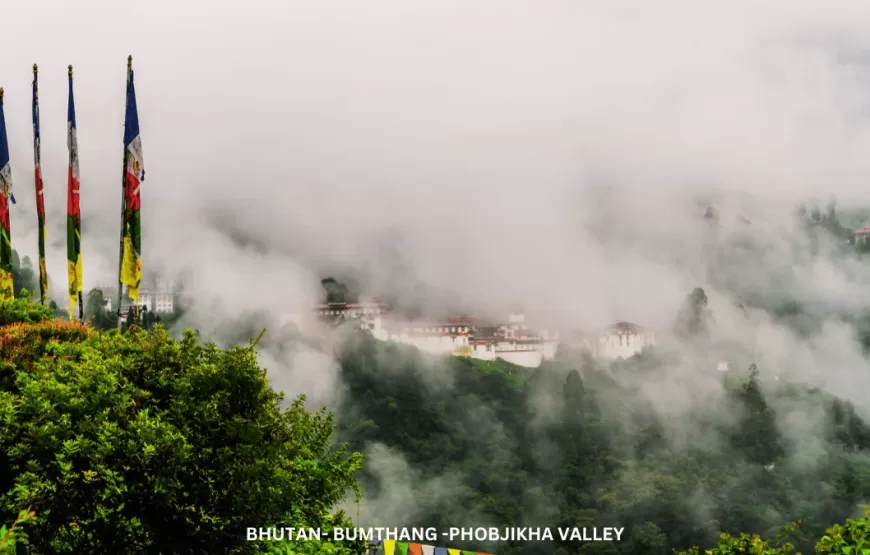
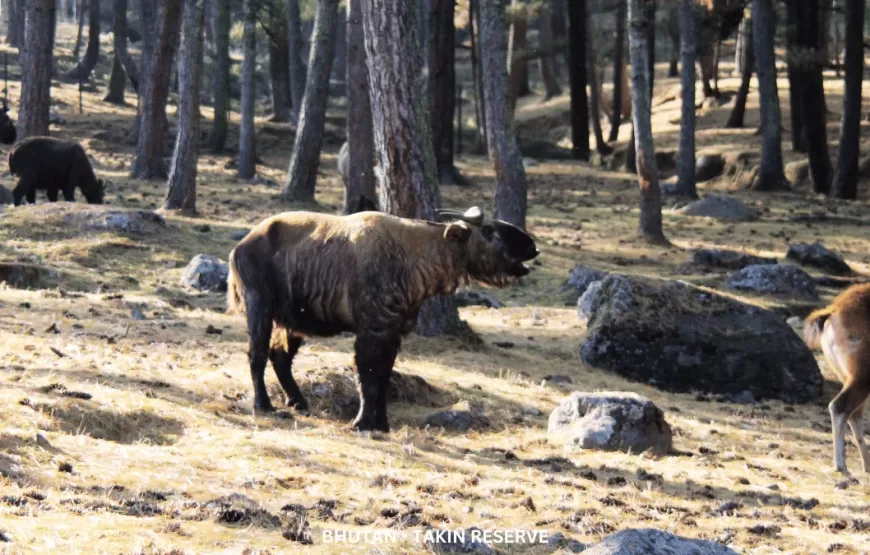
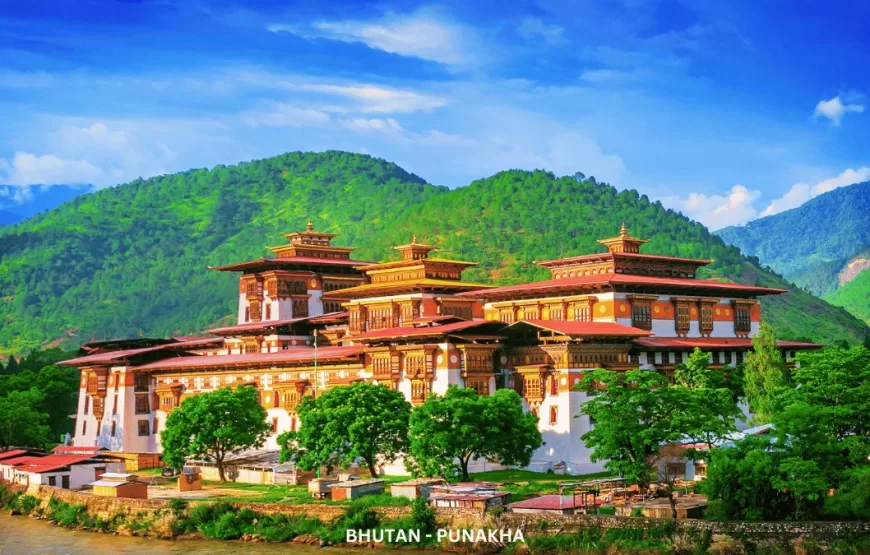
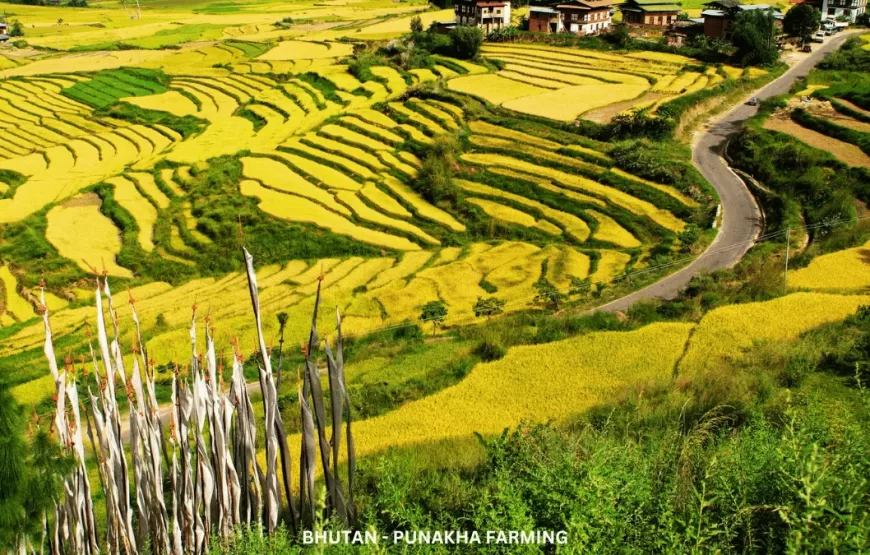
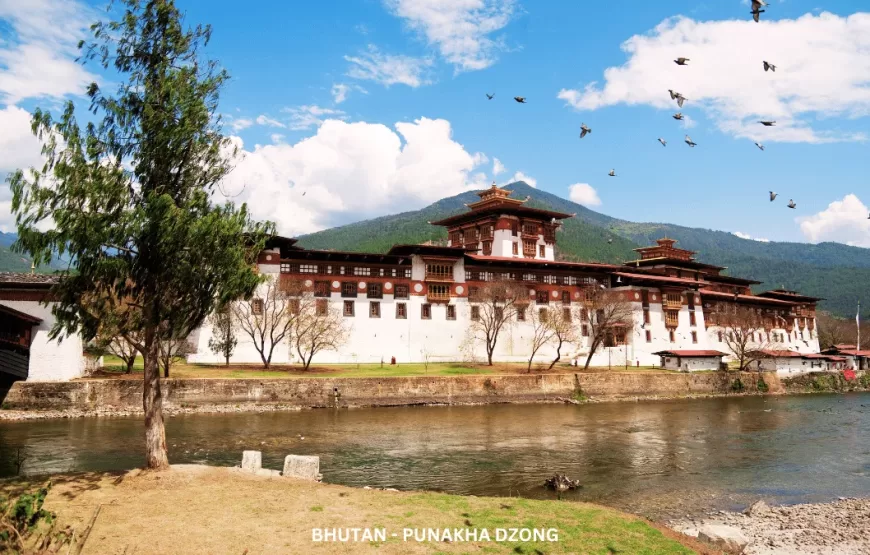
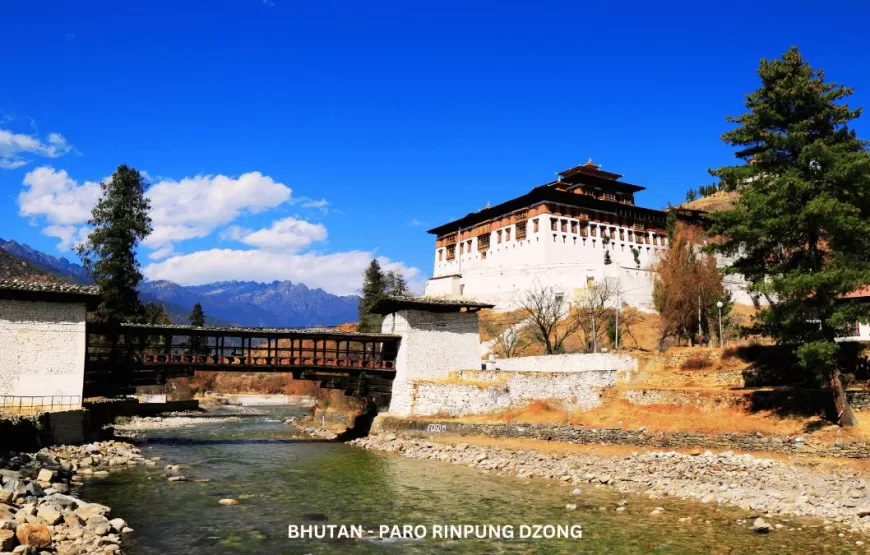
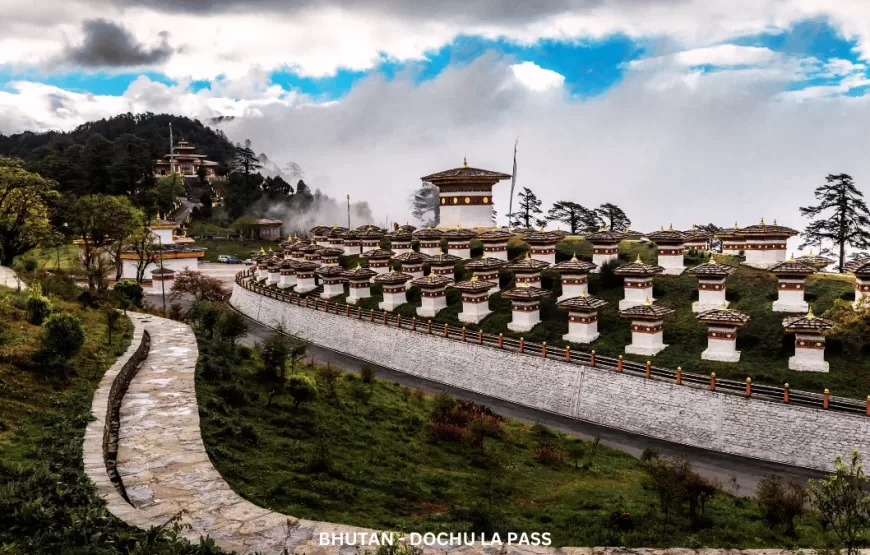
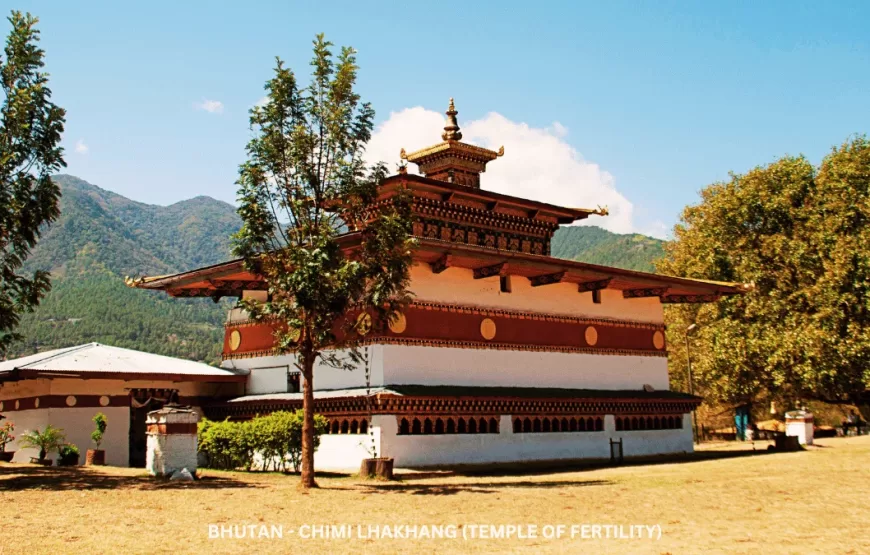
Welcome to the Cultural and Adventurous Tour of Bhutan, a once-in-a-lifetime journey that combines the rich cultural heritage and breathtaking landscapes of the Kingdom of Bhutan. Nestled in the eastern Himalayas, Bhutan is a hidden gem that has managed to preserve its unique culture and natural beauty like no other place on Earth.
This extraordinary tour offers you the opportunity to explore the vibrant traditions, serene monasteries, and stunning architecture that define Bhutan’s cultural tapestry. At the same time, you’ll embark on thrilling adventures that will take you through lush forests, rugged mountain trails, and pristine valleys, allowing you to experience the unparalleled beauty of this Himalayan kingdom.
Throughout this package, you will have the chance to immerse yourself in Bhutanese culture, interact with friendly locals, and witness age-old customs that have been passed down through generations. Visit iconic landmarks such as the Tiger’s Nest Monastery (Paro Taktsang), marvel at the intricate dzongs (fortresses), and partake in traditional Bhutanese festivals that showcase the nation’s deep-rooted spirituality and vibrant celebrations.
For the adventurous spirit in you, Bhutan offers an array of exciting activities, including trekking through the lush jungles of the Royal Manas National Park, white-water rafting along the pristine rivers, and embarking on thrilling mountain biking expeditions. The pristine natural beauty of Bhutan, with its snow-capped peaks, dense forests, and serene rivers, provides the perfect backdrop for these heart-pounding adventures.
Our Cultural and Adventurous Tour of Bhutan package is meticulously designed to provide you with an unforgettable experience that balances cultural immersion with thrilling escapades. Whether you’re an intrepid adventurer or a culture enthusiast, this journey through Bhutan will leave you with indelible memories and a profound appreciation for this enchanting kingdom.
So, get ready to embark on a remarkable expedition that will take you beyond the ordinary, into the heart of Bhutan’s culture and wilderness, where every moment is an adventure waiting to be embraced. Join us for an extraordinary exploration of the Land of the Thunder Dragon!
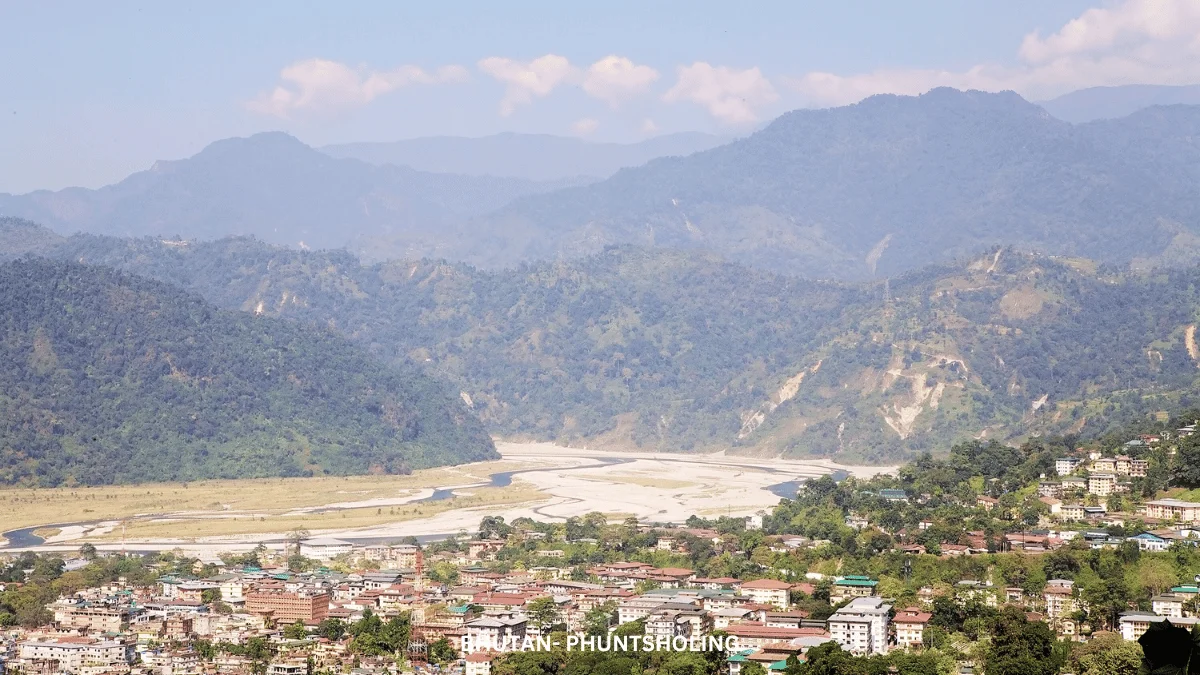
Pick up by an Indian car from the Bagdogra airport and drive to Phuntsholing (Bhutan border) about 4.5 hours. Keep your passports and other documents ready for the Entry permit clearance. Our Purely Bhutan guide and car will be waiting to receive you at the border gate and help you through the Immigration. Then we will drop you at your hotel in Phuntsholing. You can stroll around the Phuntsholing town. Overnight in Phuntsholing
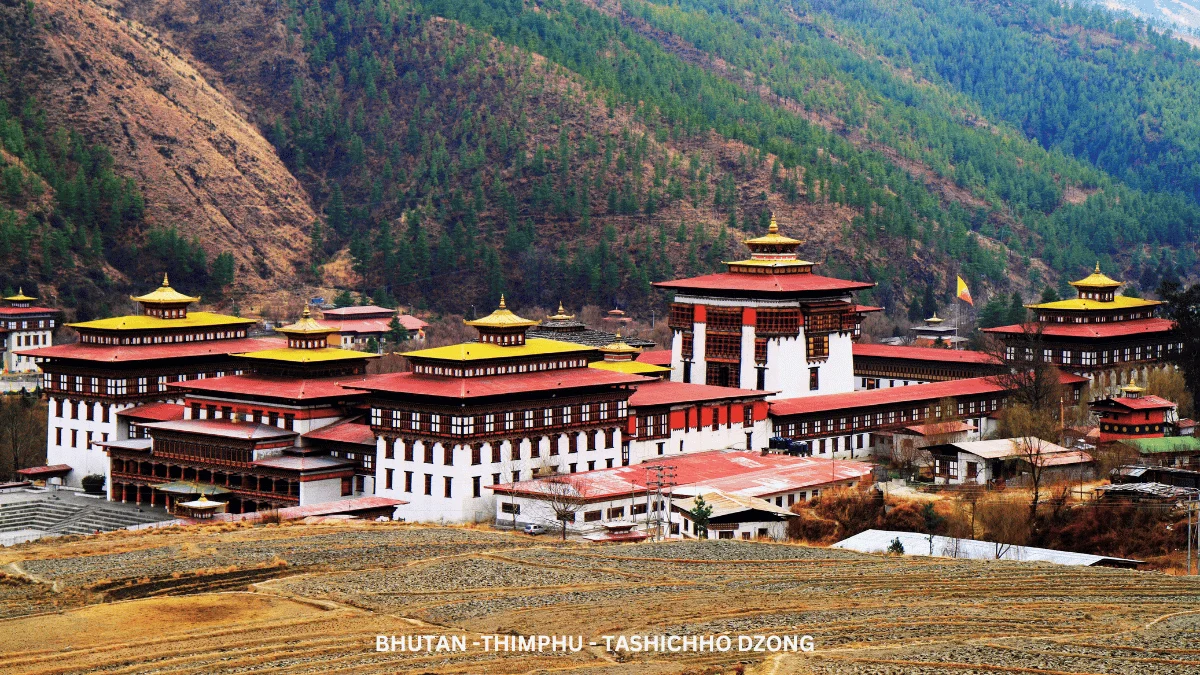
After the breakfast, we will drive from Phuntsholing to Thimphu, about 4.5 hours from the warmer climes of the south up to the foothills of the Himalayas. When you are ready, you can visit the huge statue of Buddha Dordenma, which commands a tremendous view of Thimphu valley. The huge 3-storey throne holds several chapels and the body itself is filled with 125,000 smaller statues of Buddha. Then hike from Kuensel Phodrang nature park to Changangkha Temple. A hike of around one hour or so through beautiful blue pine and rhododendron forest, which also gives a fantastic view of Thimphu valley. Then take a late afternoon stroll around town and soak in the atmosphere of this magical capitalwith its busy shops and bazaars and photogenic citizens in national dress. Then, you can try on the national costume of gho and kira [Supplement applies] and visit Tashichho Dzong, built in 1641, which housed the original National Assembly and is now home to Government offices, the throne room and offices of the King. You can take photographs in front of the Fortress. Overnight in Thimphu
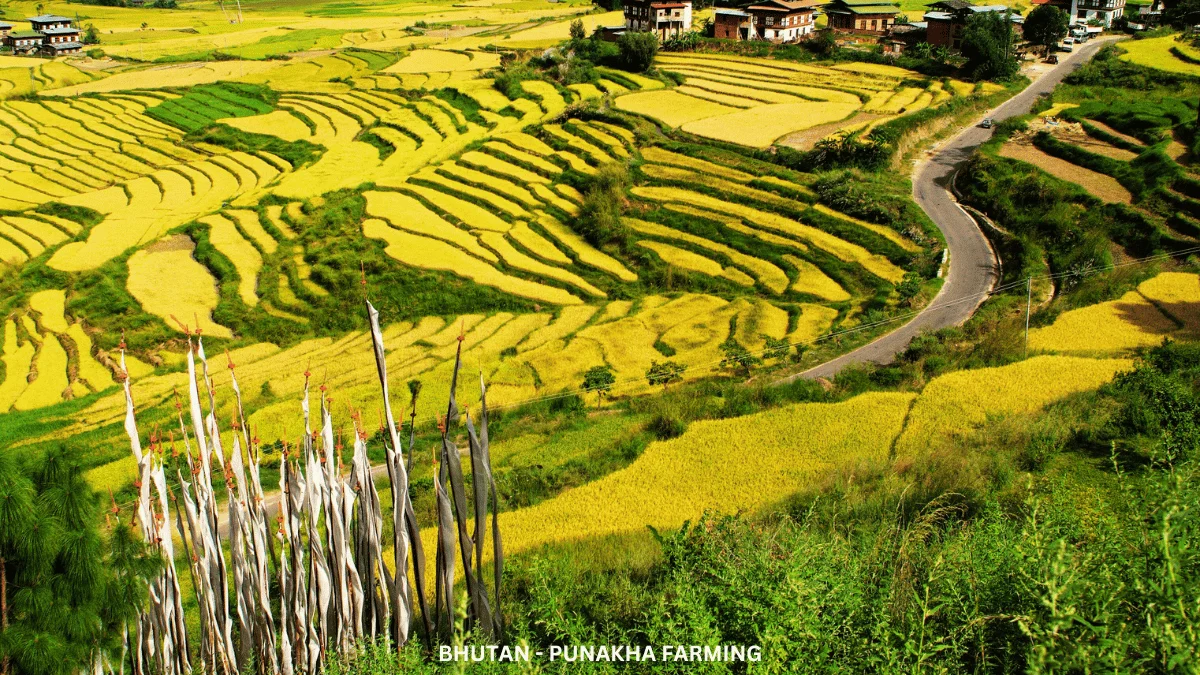
Thimphu sightseeing and travel to Punakha. Morning you can visit the School of Traditional Arts to watch students at work and to get an introduction to the 13 traditional arts, including painting, embroidery, woodcarving, mask-making and statue-making. You can also visit the Takin Reserve showcasing the unique national animal, the Takin. You may like to visit the weekly market. Then drive approximately 3 hours to the old capital, Punakha, via Dochu La pass at 3050 metres, where we will stop for a hot drink and enjoy spectacular panoramic views of the Eastern Himalaya ranges. You will notice the change of climate and vegetation as we approach low-lying Punakha at 1250 metres. Take a pleasant walk for an hour or so across the terraced fields of Sopsokha village to Chimi Lhakhang (Temple of Fertility) built in the 15th century by the ‘Divine Madman’ (Lama Drukpa Kuenley). Here, you can visit a Farmhouse for lunch or tea, to taste the red rice and local cuisine and to experience the traditional Bhutanese way of life. You can also witness farmers working in the fields for the cultivation of paddy or the vegetables. You can visit the farmlands and try your hands on the farming. Afternoon, hike an hour or so up to Khamsum Yuelley Namgyel Chorten, high on the hill across the other side of the valley. The temple is 30 metres tall and is dedicated to the fifth King. From the top you will see a beautiful view of the valley and surrounding villages. Later, try River rafting at Pho Chhu (challenging) or at Mo Chhu (easy). Overnight in Punakha
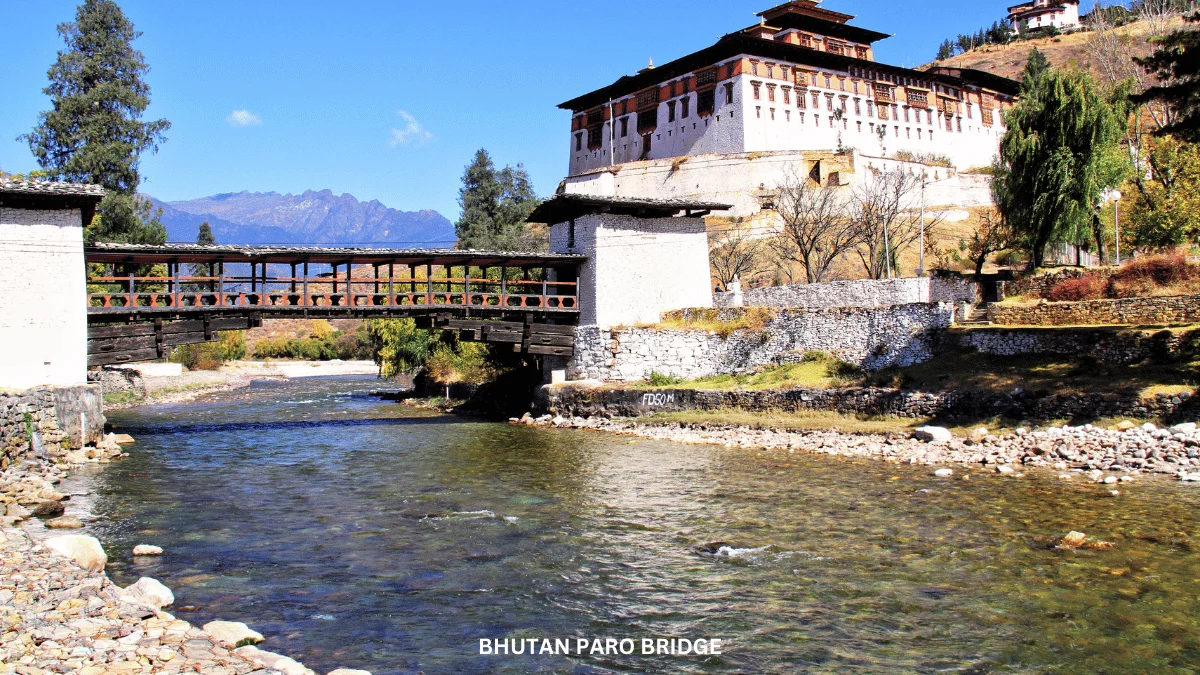
Today we return to Paro, a drive of approximately 4 hours. In the afternoon, we will arrange a mountain biking excursion for you to Chele La pass. You can discuss with your guide how far and how high you want to climb and we will design the route accordingly. A tough climb on a switchback road leads up to Chele La (3822m/12540ft), the gateway to the recently opened Haa Valley from where you will have a view of Mount Jomolhari to the north as well as down the Haa valley. Haa has only recently opened to tourists and the town at 2670 metres is still very small – as yet there are only one or two basic restaurants and local lodges and no tourist hotels, so the area remains quite remote. A great opportunity to view this beautiful rural scene. You can ride back down along the same road or return by the car to your hotel. Overnight in Paro
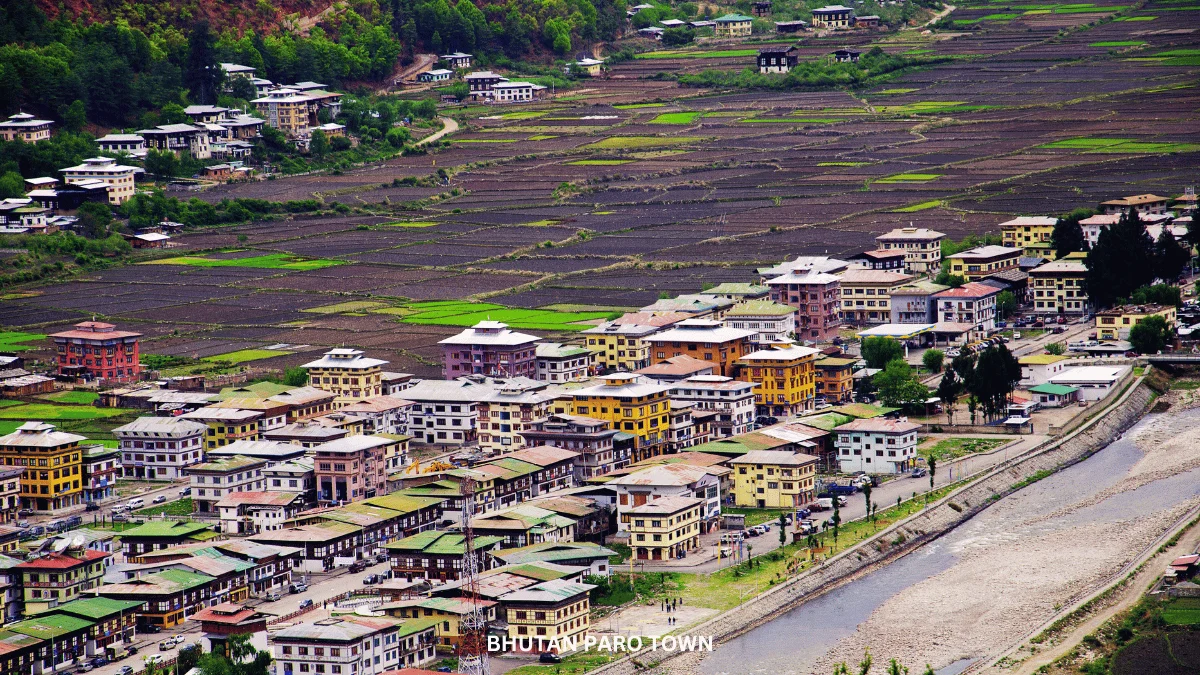
Today take a day walk to the ‘Tiger's Nest’, the sacred Taktshang monastery which clings to the rock face 900 metres above the valley floor. Guru Rinpoche is said to have flown to the site riding on a tigress. He subsequently meditated here for three months. It is one of Bhutan’s most holy sites and draws pilgrims not only from Bhutan but also from neighbouring Buddhist countries. You can have lunch at the Taktshang cafeteria from where you get a spectacular view of the monastery [You can ride horse up to the view point – with supplement charges]. Late afternoon, visit a local farmhouse and take the opportunity to try the restorative properties of a hot stone bath to feel relaxed after the hike. If you prefer your creature comforts, you can take tea or dinner with the family and then return to your hotel. Overnight in Paro

After breakfast drive back to Phuntsholing 4.5 hours. On the way from Paro, you can view the confluence of Paro and Thimphu rivers with three different styles of stupas. Drive further through Chapcha, take a glimpse of famous Chukha Dam and the magnificent waterfall before Gedu town. Overnight in Phuntsholing
Early in the morning your guide will accompany you to the airport to see you off onto your flight and wish you Tashi Delek (goodbye and good luck).
Do I need a visa to visit Bhutan?
Yes, all foreign tourists visiting Bhutan require a visa. However, you cannot apply for a Bhutanese visa independently. You must book your trip through an authorized Bhutanese tour operator, who will arrange the visa for you.
What is the minimum daily spending requirement for tourists in Bhutan?
Bhutan has a minimum daily spending requirement for tourists to help sustain its unique culture and environment. The daily tariff varies depending on the season but typically includes accommodation, meals, a licensed guide, and transportation within Bhutan.
When is the best time to visit Bhutan?
The best time to visit Bhutan is during the spring (March to May) and autumn (September to November) when the weather is pleasant, and the landscapes are at their most vibrant. However, each season offers its own unique experiences.
How do I get to Bhutan?
You can fly to Bhutan through Paro International Airport, which is the only international airport in the country. Druk Air (the national airline) and Bhutan Airlines operate flights to Paro from several Asian cities, including Delhi, Kathmandu, Bangkok, and Singapore.
What should I pack for a trip to Bhutan?
Pack clothing suitable for the season of your visit, including layers for cooler evenings. Don't forget comfortable walking shoes for hikes and visits to monasteries. Sunscreen, insect repellent, and a good camera are also recommended.
Is it safe to drink the water in Bhutan?
It's advisable to drink bottled water in Bhutan to avoid any potential stomach discomfort from tap water. Your tour operator or hotel will typically provide bottled water.
Is there internet and mobile phone coverage in Bhutan?
Bhutan has a mobile phone network and limited internet access. However, in some remote areas, the network coverage may be unreliable or non-existent.
Can I use credit cards in Bhutan?
Credit cards are not widely accepted in Bhutan, especially in smaller towns and villages. It's a good idea to carry cash (Bhutanese Ngultrum or US Dollars) for most transactions.
What is the official language of Bhutan?
The official language of Bhutan is Dzongkha. However, English is widely spoken, especially in the tourism industry.
Are there any cultural or dress code requirements for tourists in Bhutan?
Yes, tourists are expected to dress modestly when visiting religious sites and government buildings. Wearing revealing clothing is not appropriate. It's also customary to remove your shoes before entering temples and monasteries.
Can I trek or hike in Bhutan?
Bhutan offers excellent trekking opportunities, and there are treks for all skill levels. Popular treks include the Druk Path Trek, Jomolhari Trek, and Snowman Trek. You should plan your trek with a licensed guide.
Is Bhutan a safe country for tourists?
Bhutan is generally considered a safe destination for tourists. The crime rate is low, and Bhutanese people are known for their hospitality. However, like any destination, it's essential to exercise common-sense precautions and respect local customs.
Can I travel independently in Bhutan?
No, Bhutan does not permit independent travel for tourists. You must book your trip through a licensed Bhutanese tour operator, who will arrange your itinerary, accommodation, and necessary permits.
What is the currency of Bhutan, and can I exchange money easily?
The currency of Bhutan is the Bhutanese Ngultrum (BTN), but Indian Rupees (INR) are also widely accepted. You can exchange money at banks or authorized exchange counters, and major hotels and shops also accept credit cards.
What are the customs regulations for bringing souvenirs from Bhutan?
Be aware of Bhutanese customs regulations when purchasing souvenirs like textiles, antiques, or handicrafts. Some items may require special permits for export.
It's crucial to stay informed about the latest travel requirements and regulations before planning your trip to Bhutan, as they may change over time. Always consult with your tour operator for the most up-to-date information and assistance with your travel arrangements.